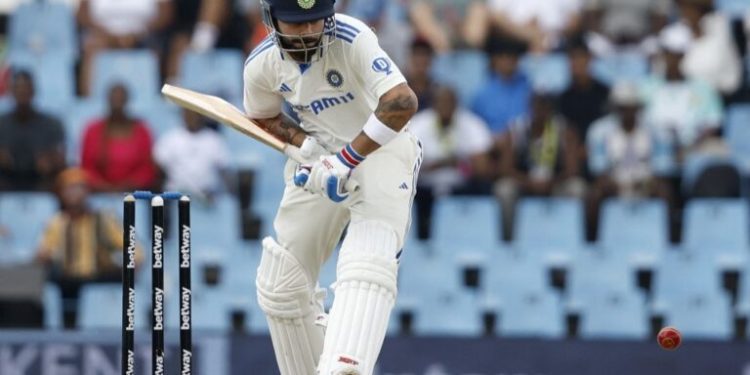By Aparajita Mridha
Cricket has become a mainstay of India’s sports culture, particularly after the Indian Men’s Cricket Team brought home its first World Cup in 1983. Yet Indian cricket has also been rocked by numerous embarrassing corruption scandals, many involving match-fixing and illegal betting (see, for example, here and here). These scandals have also prompted questions about more pervasive corruption, cronyism, and conflict of interest in the sport’s governing bodies, particularly the Board of Control for Cricket in India (BCCI). It has proven especially difficult to root out these problems because the BCCI is considered a private organization, and is therefore not covered by India’s Prevention of Corruption Act (PoCA) and Right to Information (RTI) Act. Notably, this is something of an anomaly: Most other sports authorities in India are “National Sports Federations,” autonomous bodies that are considered public bodies for legal purposes. Yet the BCCI has so far successfully resisted being similarly classified, on the grounds that, unlike these other sports authorities, it does not receive direct financial support from the state.
This should change, on grounds of both law and policy. As a legal matter, the BCCI meets the criteria for classification as a public body. As a policy matter, subjecting the BCCI to the PoCA, RTI Act, and other Indian anticorruption and pro-transparency laws would go a long way to cleaning up the corruption mess in Indian cricket.
As a legal matter, the Indian Supreme Court has developed a multi-factor test for determining which entities should be considered part of the “state” for purposes of Indian law. The key factors include whether an entity performs functions of public importance, whether these functions are related to government functions, and whether the entity enjoys a monopoly that is protected by the state. Under this test, the BCCI ought to be classified as a public body:
- First, the BCCI has pervasive control over cricket in the India, including full control over the national team and representation on cricket’s international governing bodies. In that capacity, the BCCI performs quasi-judicial functions, such as investigating complaints and conducting disciplinary proceedings.
- Second, the BCCI is closely linked to the political establishment: For a long period of time, the BCCI’s governing board was composed almost entirely of politicians and government bureaucrats, and when this was no longer permitted, the politicians simply selected family members to serve on the board instead.
- Third, although the BCCI insists that it does not receive funding from the government, in fact it receives substantial government support in the form of massive tax concessions and exemptions, as well as state provision of stadiums, accommodation, transport and other perks almost free of cost.
Not only does the BCCI count as a public body under the established legal tests, but as a matter of public policy, it would be far better for the BCCI to be so classified. Indeed, the fact that the BCCI has managed to retain the status of a private body outside the reach of the PoCA, RTI Act, and other Indian laws has contributed to the culture of corruption and conflict of interest in Indian cricket. Not only to the PoCA and RTI Act not apply, but as a private body, the BCCI is able to set up its own rules for appointment of its Board members, without having to follow the conflict of interest rules that would apply to public bodies. (It is true that the International Cricket Council (ICC), which governs international cricket, has an Anti-Corruption Unit, but the ICC is virtually powerless to insist on reforms that could affect the BCCI’s interest, in part because of the power that the BCCI wields within the ICC.) It his high time that the Indian government put an end to the BCCI’s anomalous status as a private body that reaps benefits from its public functions.












